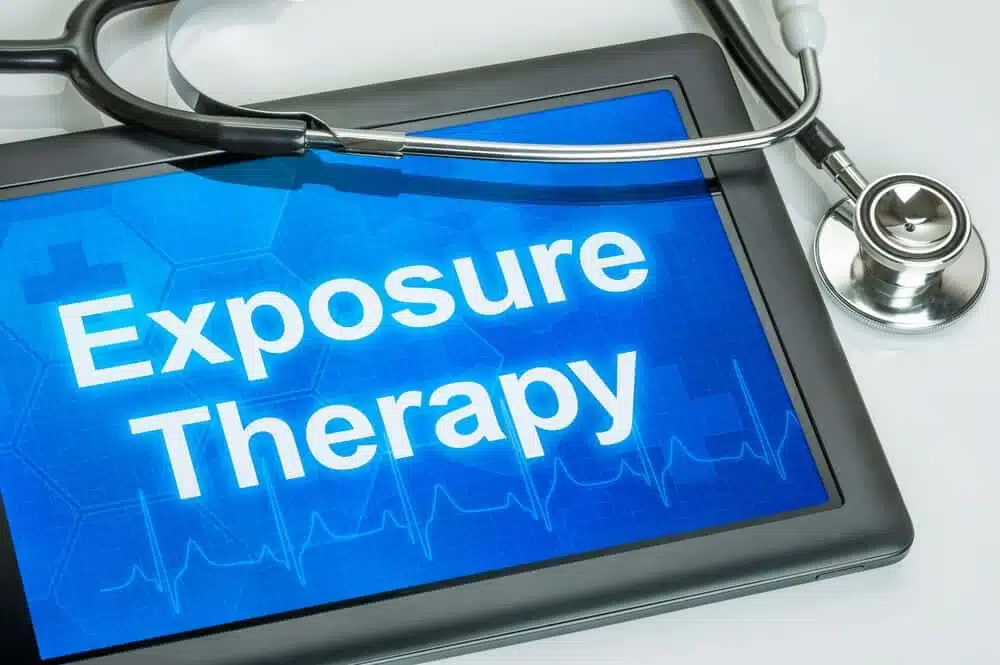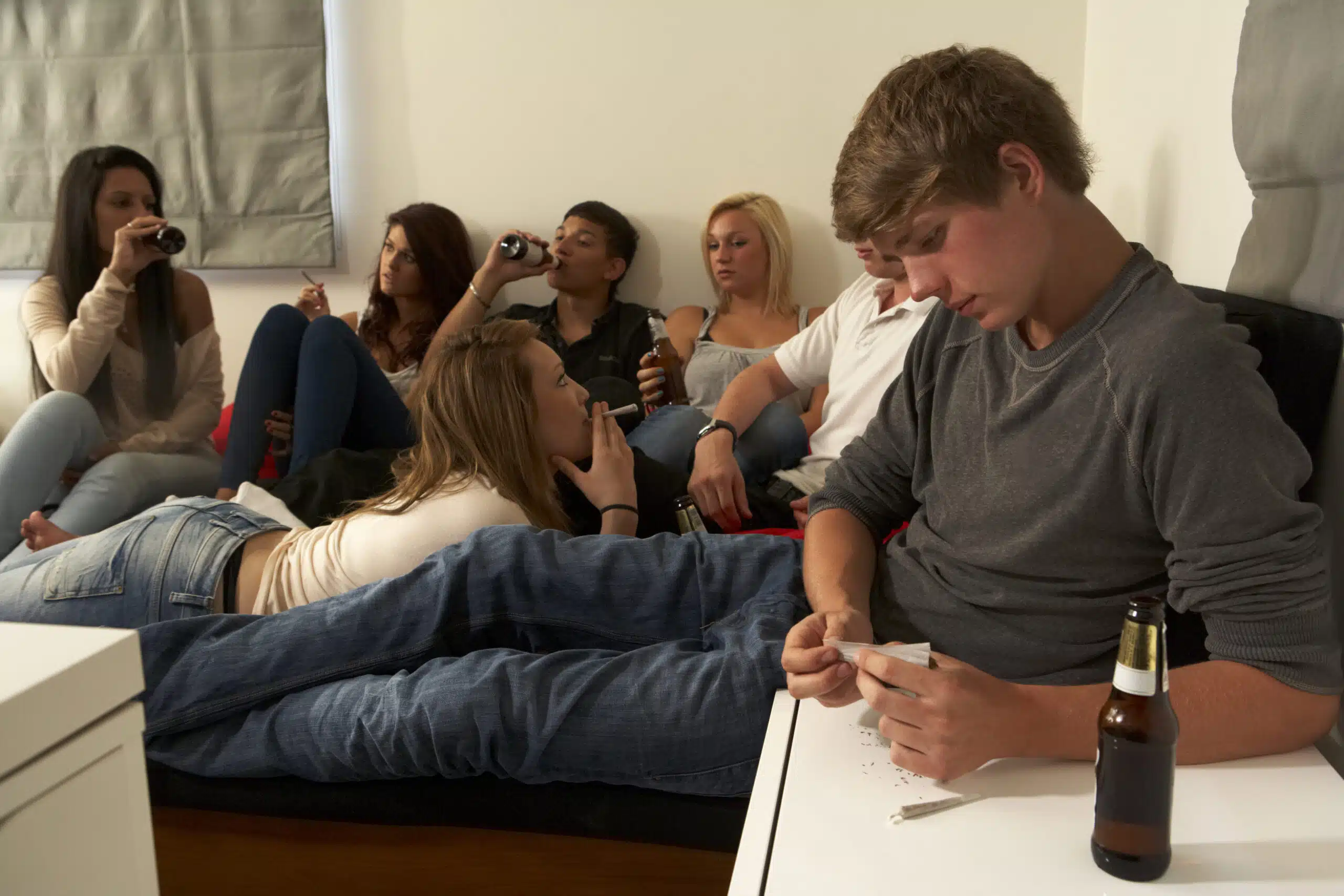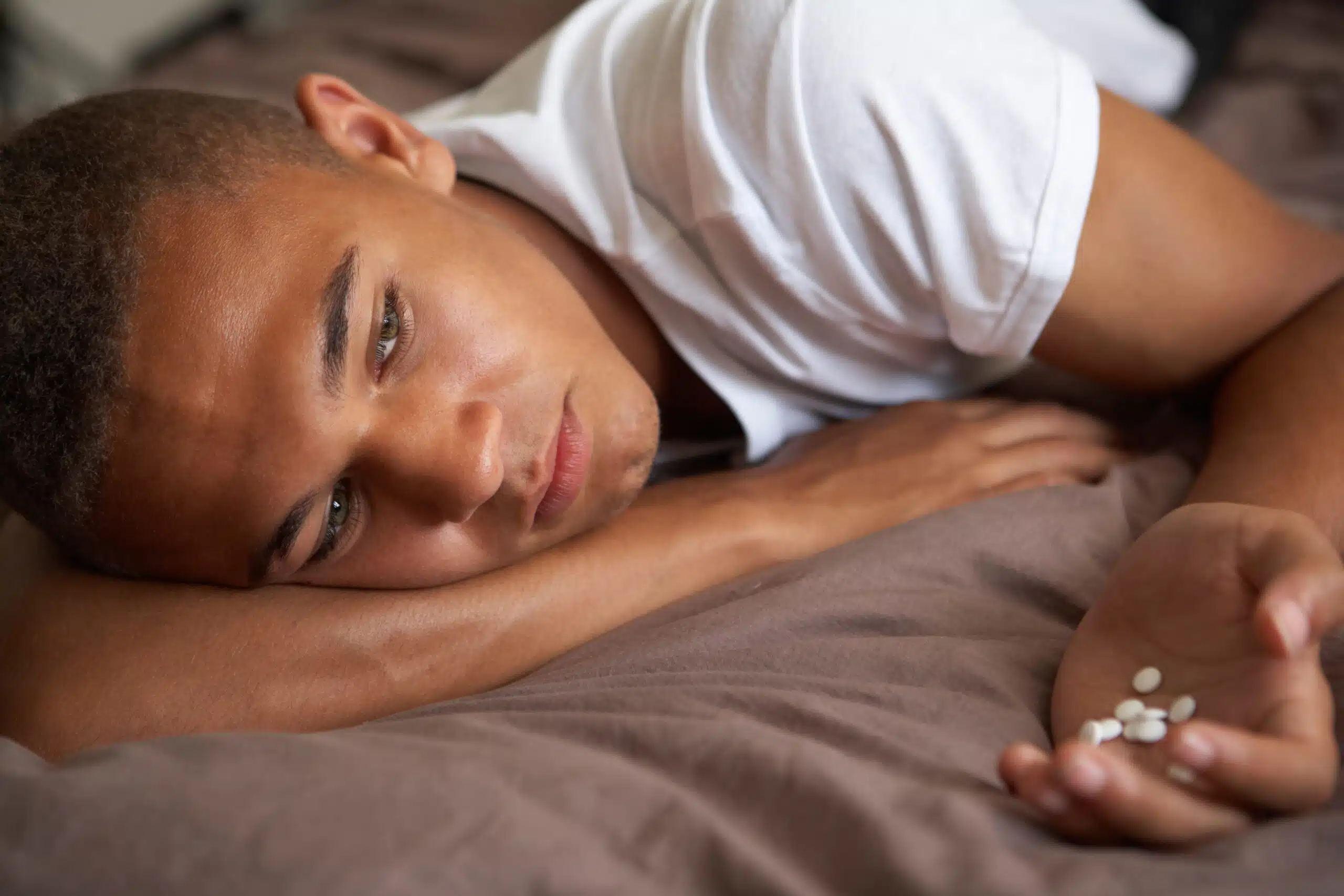
Exposure and Response Prevention Therapy & Your Teen’s OCD
Exposure and Response Prevention Therapy is a form of cognitive behavioral therapy (CBT). Many people with obsessive-compulsive disorder (OCD) have begun using this newer approach. The idea is to continually expose the patient to things that trigger OCD behavior and find another way to cope with the anxiety that leads to OCD behaviors.
To start this therapy, teens with OCD should request it from their therapists. This isn’t a therapy to be taken lightly. It can be intense and exhausting for the teen patient. In the beginning, all exposure takes place under the guidance of the therapist so that the therapist can offer teen patients various options for handling their triggers and resulting anxieties.
Learn more about our adolescent OCD treatment or call us now at 888-254-0916.
This strategy of purposefully exposing the patient to things that make him or her anxious may not sound quite right. If your teen has OCD, they may have tried to confront obsessions and anxiety many times, only to see his or her anxiety skyrocket. With exposure and response prevention, teen patients must make the choice to confront their anxiety and obsessions but must also make a commitment to not give in and engage in the compulsive behaviors associated with this disorder. When compulsive behaviors are reduced over time, the patient will actually feel a drop in anxiety levels.
The question at hand is, does exposure and response prevention therapy work for teens? Let’s begin by examining what teen OCD looks like.
What Teen OCD Looks Like
The exact cause or causes of obsessive-compulsive disorder remain inconclusive. Regardless, studies do indicate that certain factors make some teenagers far more likely to develop OCD than others:
Chemical imbalance – commonly, mental health professionals will describe the cause of obsessive-compulsive disorder in terms of biochemical imbalance. When it comes to a chemical imbalance in the brain and OCD, studies focus on the particular neurotransmitter of serotonin. Serotonin is the primary chemical in the brain responsible for regulating sleep, memory, and anxiety.
Genetics – genetic studies indicate the tendency towards anxiety runs in families. Thus, if a teenager’s family member suffers from an anxiety disorder, they are more likely to develop one as well, including obsessive-compulsive disorder. In fact, if there is a history of OCD in a teen’s family, they are up to four times more likely to have it as well.
Environmental factors – things such as stress and parenting styles have been cited as environmental factors that may contribute to the development of obsessive-compulsive disorder. Stressful or traumatic events in childhood, and/or anxious personality styles modeled by parents may make it more likely a child will suffer from obsessive-compulsive disorder.
The families of teens with obsessive-compulsive disorder can easily be affected and home life can become quite stressful. Watching your teen behave in strange ways can cause confusion and fright. Siblings of the teen with obsessive-compulsive disorder may become easily annoyed when OCD behaviors are displayed because the children simply don’t understand.
Teens with OCD often involve their parents in their obsessive-compulsive behaviors: asking a parent the same question over and over again, begging parents and/or siblings to help carry out an OCD ritual, or insisting family members participate in the rituals as well.
The frustration that comes with OCD can occasionally lead the teen to lash out or become violent when others in the family either don’t participate in the behaviors related to OCD or if they feel as if they’re being stopped from completed their routine.
Teens with OCD may also refuse to discuss their symptoms or behaviors, making it frustrating for the remainder of the family.
Take our free OCD test today.
Traditional Psychotherapy and Medication
The first treatment options for teens with OCD are psychotherapy and medication. The meds will restore a measure of balance in their brain chemistry. Additionally, psychotherapy gives the teen the opportunity to learn about the disorder and figure out what specific things trigger it in his or her life.
Medication – Because of the enormous stress and anxiety that can result from obsessive-compulsive disorder in teens, medication (such as selective serotonin reuptake inhibitors) can be prescribed to help manage the difficult symptoms. Medication can provide the necessary relief from the OCD symptoms needed to enable teens to engage in, and benefit from, other treatments, like psychotherapy.
Individual therapy – Cognitive behavioral therapy (CBT) is a widely used treatment for obsessive-compulsive disorder in teenagers. CBT is a form of psychotherapy that aims to modify unhealthy thoughts and behaviors, while teaching skills to manage emotions. CBT has shown lasting results for many teens with OCD.
Family therapy – because the entire family is affected by a teen with OCD, family therapy will help with reordering family dynamics in a way that offers everyone a less chaotic environment. Family therapy not only supports the individual with obsessive-compulsive disorder, but also his or her parents and siblings. Family therapy can assist family members in better coping with and responding to the struggles of the teen with OCD. Family therapy can also help promote understanding and empathy as well as lend their support to family members in learning how to set limits and boundaries.
All of these treatment options are the first line of defense for teens with OCD. When considering Exposure and Response Prevention Therapy, the decision should be made in consultation with the treating therapist and physicians as the introduction of this therapy could require the teen to adapt to new medications or revised doses of current medications. It will also require additional time in therapy to accommodate the exposure and response prevention exercises.
Exposure and Response Prevention vs. Traditional Therapy
Traditional talk therapy is about exploring the feelings of anxiety and fears that trigger a person’s OCD behaviors. So, what differences in exposure and response prevention therapy make it a better option than or good companion treatment to traditional CBT?
Exposure and Response Prevention Therapy has shown a significant reduction in OCD symptoms for many individuals. Exposure and Response Prevention Therapy puts the teen suffering from OCD in situations where they are exposed to their obsession(s) while at the same time being prevented from performing the compulsion(s) usually used to ease the anxiety. In short, ERP intentionally induces anxiety in a controlled way, to gradually show the person with OCD that they can “survive” the anxiety without acting in a compulsive manner.
As part of the process, the patient learns about the fight or flight response we all instinctually carry. Patients learn during Exposure and Response Prevention that their sympathetic nervous system responsible for the physiological part of anxiety is unable to maintain a fight or flight response indefinitely. There is only so much adrenaline that the body can produce at a given time.
One model of ERP (habituation) suggests that after some time of a specific exposure, usually at least one hour, the parasympathetic nervous system is triggered to settle down the sympathetic nervous system and achieve a balance for the body regardless of how the person perceives what is happening. In response to this process of achieving balance, the individual begins to cognitively understand the necessity of balance.
An example of this process would be a patient who is engaging in an ERP to challenge his obsessions of contamination by contracting a deadly illness. In the presence of a therapist, the patient touches sinks, communal door handles, toilet seats, and bathroom floors (exposure) and goes to eat lunch without being allowed to wash his hands (response prevention).
The patient initially experiences heightened spikes of anxiety during this process but continues to engage in the exposure despite it. While doing the bathroom exposure, the person’s physiological signs of anxiety begin to subside despite the fact that he still cognitively associates bathroom with “dirty” and with “disease.”
After doing this exposure and eating lunch, the patient realizes they did not become deathly ill despite not being able to wash his hands after touching dirty items, so he modifies the association between bathroom and illness in his head to lessen the likelihood of threat. After repeating this exposure numerous times, the person may begin to later realize his fearful emotions which used to be present during bathroom time have now dissipated.
Will this work for teens?
it is estimated that the majority of children and teens with OCD do not receive exposure and response prevention because there is a limited number of clinicians with expertise in ERP for OCD in kids and teens. Therapists who treat children and teens with OCD must understand the unique mental and physical needs of children.
Often, kids don’t want to try ERP because they think that facing fears without performing rituals will simply be too scary and impossible. Children who are not properly prepared for how exposure and response prevention works are more likely to become hesitant or afraid, withdraw from exposures, and refuse to practice.
This type of behavior modification has been shown in early research to be extremely helpful. While parents are to encourage teens to practice the things learned in ERP exercises, they should never attempt to try tackling new triggers or behaviors without the help of the therapist. These exercises should always be done in the presence of your teen’s therapist. Once the teen’s symptoms and OCD behaviors have lessened, it will be essential for the family to support the teen and encourage him or her to practice what was learned in exposure and response prevention therapy.
Supporting Your Teen With OCD
Living with a teenager with obsessive-compulsive disorder can be very hard on the family unit, but there are things parents and siblings can do to help support the teen and manage the impact his or her disorder has on the household.
Educate everyone about OCD. It helps add to a more supportive environment if both parents and siblings understand the symptoms, treatments, and other ways to support your teen with OCD. Believe it or not, your teen will appreciate that everyone can understand the disorder and be willing to help manage the symptoms. One of the biggest issues of being a teen with a mental health issue is the feeling of being totally alone, with no one who understands what they are going through.
Everyone in the family needs to be open and to let the teen know that everyone is available anytime they need to talk. Family discussions are important, but it is even more important that the teen knows that they can come to you with worries or fears. Don’t ever force your teen into a discussion about OCD or your teen’s symptoms or behaviors. Don’t ignore dangerous behaviors, but always be there when your teen is ready to talk.
Since children learn through modeling, parents need to model healthy lifestyle choices. Show your teen the importance of getting enough sleep, eating right, taking care of him or herself, being social, etc. When you show that positive behaviors can lead to a balanced lifestyle, your teen with OCD is more likely to follow your example.
Never blame or shame your OCD teen. Kids with mental health issues feel weird and strange enough having a disorder. When a parent blames a child for something they have no control over, the child can begin to feel isolated and helpless. The same is true if you try to shame an OCD teen into better behavior. The teen will withdraw or worse, act out in rage and frustration. Many of the difficult behaviors they may display are not intentional, and thus, it is not helpful to yell, punish, or blame your child.
Above all, take care of yourself. When you are raising a teen with a mental health disorder, the care and energy required of you are enormous. It is bound to take a toll on your own mental health and well-being. You absolutely will feel frustrated, angry, overwhelmed, and/or helpless.
This is why self-care is so vital. It can be helpful to find a support group, find your own individual psychotherapist, reach out to friends and family, incorporate self-care, manage your stress, and get plenty of sleep. You cannot take care of anyone else if you don’t care for yourself.
Stay on top of your teen’s treatment plans and encourage them daily that they can manage the condition.

Conclusion
Exposure and response prevention therapy is one of the newest schools of thought in treating anxiety disorders like OCD. There are early successes presented in scientific research and the psychiatric community is encouraged by the initial results.
Talk with your teen’s therapist and physicians to see if exposure and response prevention therapy is an option for your teen. If your teen can possibly benefit from this type of therapy, it is definitely worth taking the chance.




